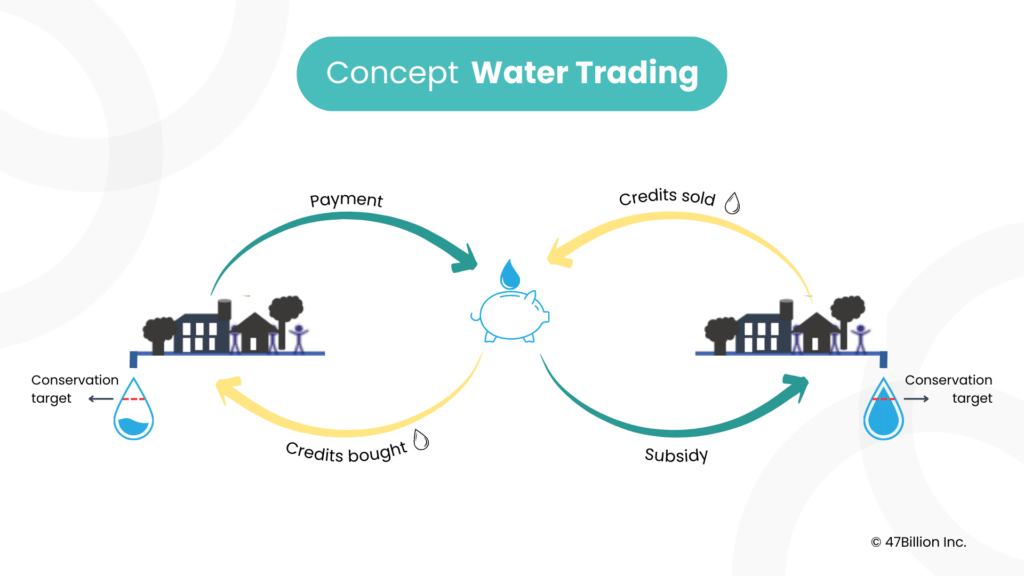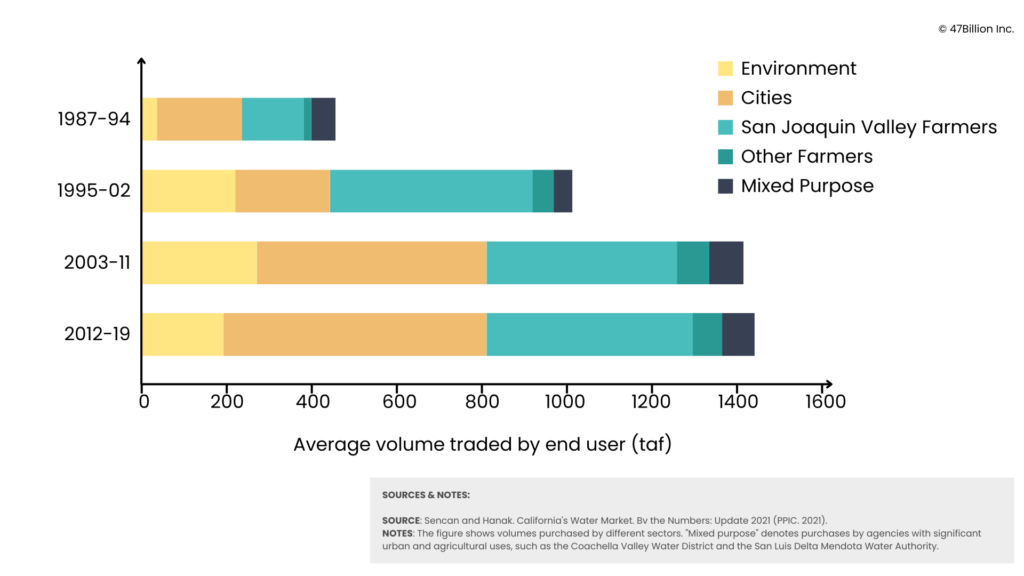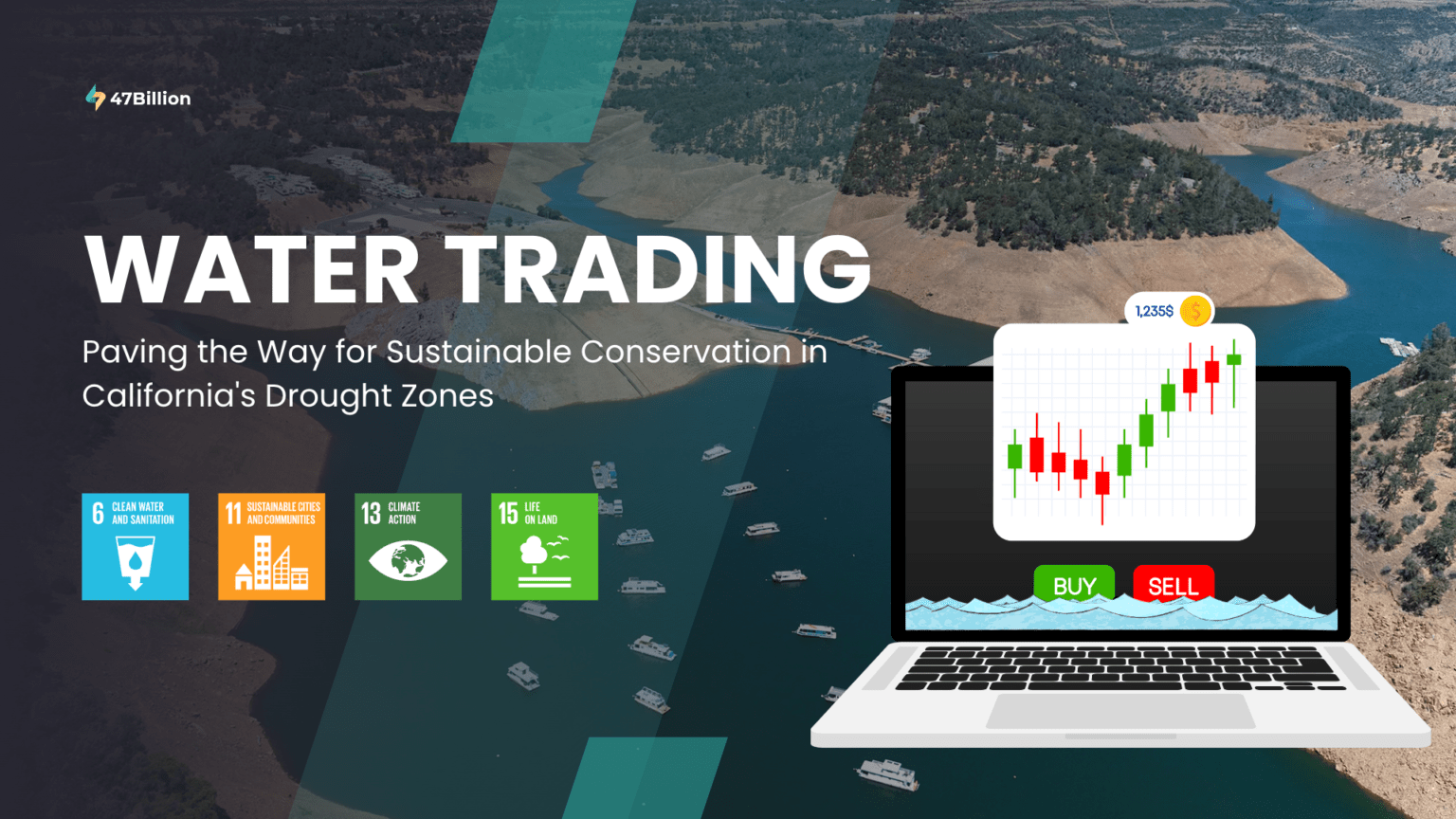The year 2023 began with a challenging situation, with record precipitation and disastrous flooding across many parts of California. Parched watersheds soaked up the first rains but soon became waterlogged. Runoff accelerated, Sodden hillsides collapsed, Rural levees burst, river spilled their banks, and towns went underwater. But this weather condition did not help in ending the drought, and it couldn’t reduce the impact of the driest period in the West in the past 1200 years. About 71% of California was facing severe drought, reduced to 46% in March 2023 as per the National Integrated Drought Information System.
Losses to California’s Agriculture Industry have mounted as the state’s drought stretched to the third year. The reports estimate the direct impact on farm activity of $1.2 billion this year, more as compared to $810 million in 2021 – showcasing a 4.9% and 3.4% value addition on crop, value addition here means the contribution from a sector to a region’s gross domestic product. It included profits, compensation, and taxes.
Beyond direct farm impact, food processing industries have also suffered. The overall losses total $2 billion in value-added losses and a loss of 19,420 jobs, the researchers calculated.
But it could have been worse. The 2020-2022 water years constitute the driest three-year period in California’s historical record. The economy also suffered from disruptions in the supply chain, including delays in shipping crops out of California.
This resulted in increased inventory and influenced crop prices. Every worst situation brings a new backup plan for further years. Thus tech enthusiasts, IT companies, and policymakers came up with the “Water Market” concept.
The Concept

As climate changes increased, the likelihood of a mismatch in when water is needed and when it is available became a common challenge. The policymakers, water managers, and water users started exploring water markets as a potential tool to move water between all the stakeholders as per the requirement.
Water markets are more complex than other markets. Water availability is highly variable across the landscape and from season to season.
The term water market is a broad concept that includes various transactions, between a buyer and seller, a private or public seller subdividing their right into small pieces to sell to buyers, between irrigators inside the same irrigation district, etc. As tech innovations decrease the transaction costs of trades, new types of markets are emerging.
What is Water Trade and Water Trading Market?
Water trading includes the transactions to buy, sell or lease water in whole or parts. Water trading can be classified into two categories – permanent and temporary.
Permanent trade – The trade of water entitlements where the right is exclusive access to a share of water. Temporary trade is the annual trade of water allocations. Temporary trade can be settled in any season based on the firm’s business model.
When water rights are traded between end users, a water market gets developed. The market price of water reflects the resource’s demand and supply and may differ across regions and types of rights. Prices vary in response to any fluctuations in supply and demand. Considering the persistent drought where the water supply is reduced, water prices increase drastically. Motivated by high [rice and higher economic incentive, sectors or industries that are less water-intensive would sell or trade their excess water to more water-intensive businesses facing shortages.
Therefore, the market mechanism of water trade allows scarce water resources to be allocated as per the highest-valued use, reallocating water from low to high-valued uses that encourage efficiency gains. The economic incentive of water trade also promotes water conservation. It discourages over-irrigation or overuse of water since the saved water can be sold while paying is required for water shortage.
Also, it helps relocate water to those who value and demand water more, improving market efficiency and water conservation. Therefore, this efficient and effective water management method could be more significant for areas where drought and scarcity are severe, such as California.
It has become a vital tool for managing scarce supplies
In California’s water market, buyers and sellers trade water through short-and long-term leases as well as permanent sales of their water rights. Trading enhances flexibility in water management.
Short-term transfers reduce the economic impact of shortages during droughts by transferring water to activities and places where the lack of water is more costly.
Long-term and permanent transfers accommodate geographic shifts in water demand as the economy fluctuates and the population grows.
In recent times major trading activities involve surface water. Some groundwater trading occurs within specially managed basin; this may expand as the groundwater users in other basins implement the Sustainable Groundwater Management Act (SGMA).
Both Cities and farms buy water. Farms hold more water rights as compared to cities. Thus they have more water to sell. Growing cities in Southern California are major buyers that receive nearly 15% of their supplies from such trades. The market also supports productive farming activities that need more reliable supplies.

What is California Water Future Market?
It is a new financial tool designed to help water users in the state hedge the risks associated with geographically volatile hydrology and the physical water market. It provides a platform to buy water to reduce risks associated with scarcity and those looking to sell water to reduce risks associated with having an additional amount of water. A key feature is no contract or trading of physical water.
The price of water on the market at any given time – like when contracts are negotiated and settled is based on Nasdaq Veles California Water Index (NQH20). The index comprises a weighted set of sale prices from California’s physical water markets, including surface water trading and groundwater water markets. The contract price can be any price agreed upon by the two parties but is close to the index price.
How is it transforming the scenario?
- It is effective where water is scarce because it allows the price to reflect the actual value to the user, motivating buyers and sellers.
- Water Markets enable growers to buy and sell portions of the fixed groundwater allocation assigned to each pump.
- Growers using less than allocated can sell unused portions to realize income from their water savings.
- Promotes crops and practices that improve water use efficiency.
Digital Framework
- A mobile app used by farmers to trade water from the water market and an admin panel for tracking current market activities that current and previous trades
- Transactions involve buying, selling, or leasing water right in whole or in part.
- Automated trading activities are based on the market price calculated based on demand and supply. It differs across regions and types of rights.
- The users can locate all the wells in live map view and navigate by well to seek information, including allocation, pumping year, etc.
Towards a sustainable future
Despite of heavy rains and snowfall the water shortage challenges in the western United States are yet to be resolved for the long term. Groundwater tables are still low after being relied upon heavily during the previous drought. The underlying legislative and infrastructural conditions before the drought have remained the same. A sustainable, free-market solution addressing future water crises has now become a market for water trading. Instead of the government allocating water resources, water trading incentivizes and monetizes water conservation on the demand side while also helping water get to where it is most needed
Environmental water purchases have supported wildlife refuges, increased flows for fish, and, until recently.
47Billion is glad to announce an enhanced business strategy that is formulated to maximize the combined impact of its technologies, solutions, and capabilities to address some of the biggest global challenges and support the UN Sustainability Development Goals.
How do we enable this? Check this out – 47Billion Is Taking UN Sustainability Goals To The Next Level Of Impact




